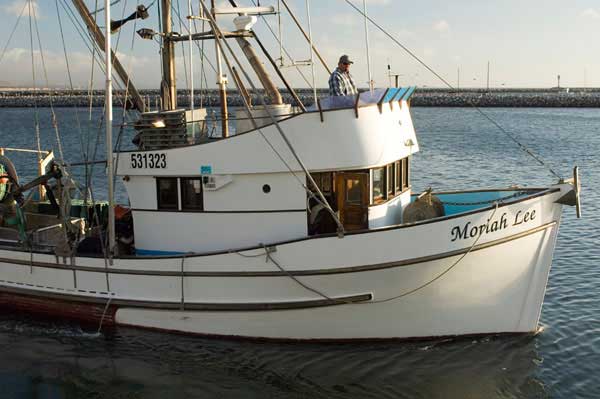The Study: Gleason, M., E.M. Feller, M. Merrifield, S. Copps, R. Fujita, M. Bell, S. Rienecke and C. Cook. 2013. A transactional and collaborative approach to reducing effects of bottom trawling. Conservation Biology doi: 10.1111/cobi.12041
The Question(s): For decades, ocean bottom trawling has been the predominate method for catching groundfish (like flounder, halibut and sole) along the U.S. West Coast. But dragging weighted nets across the seafloor is destructive to bottom habitats and can result in large amounts of bycatch (netting of other species, including some that are ecologically valuable). Could a market-based approach to buy out trawl permits, combined with a collaborative effort to identify and protect ecologically sensitive areas, help protect species and a fishing industry?
Study Nuts and Bolts: The Nature Conservancy tested this idea on California’s Central Coast. The Conservancy initiated a collaboration with local fishermen, other nonprofits and government authorities to buy trawling permits and boats in exchange for the help of fishermen to identify and protect ecologically sensitive areas from trawling. The goals were to reduce active trawling by 50% while protecting important conservation areas and minimizing economic impact to the local fishing industry.
How did they do it? The researchers combined spatial data from a marine ecoregional assessment with fishermen’s local knowledge to identify areas for trawl closures. The Conservancy purchased 13 permits (out of 23 from Central Coast ports) and 6 vessels for approximately U.S. $7 million. The trawl closures were established through a federal regulatory process to protect essential fish habitat.
What They Found: The collaborative, market-based approach resulted in the closure of 1.5 million hectares of important marine areas to trawling, while allowing trawling to continue in valuable fishing grounds as identified by the local fishing industry. The buyout mitigated some of the immediate economic impact of the trawl closures on local fishermen. Fishermen who went back into the water did so with hook and line and traps instead of trawl gear, which resulted in economic returns comparable to those they had before the buyout, but with a much smaller fishing footprint and minimal bycatch. The researchers also showed that the approach could be cost-effective in comparison to land-based conservation strategies: The buyout of trawling permits and boats cost $4.67/hectare, compared to an estimated average of $1,070/hectare for real estate investments on land.
What Does It All Mean? Many fisheries around the world are fished at unsustainable levels, but fishermen don’t not have the ability or incentive to change practices for the longer-term benefit. In fisheries where there are some economic and regulatory incentives already in place for fishermen to collaborate on conservation goals, the authors say, an investment-based approach similar to the one used on California’s Central Coast could help reform practices and lead to a more sustainable fishery.




Join the Discussion
1 comment